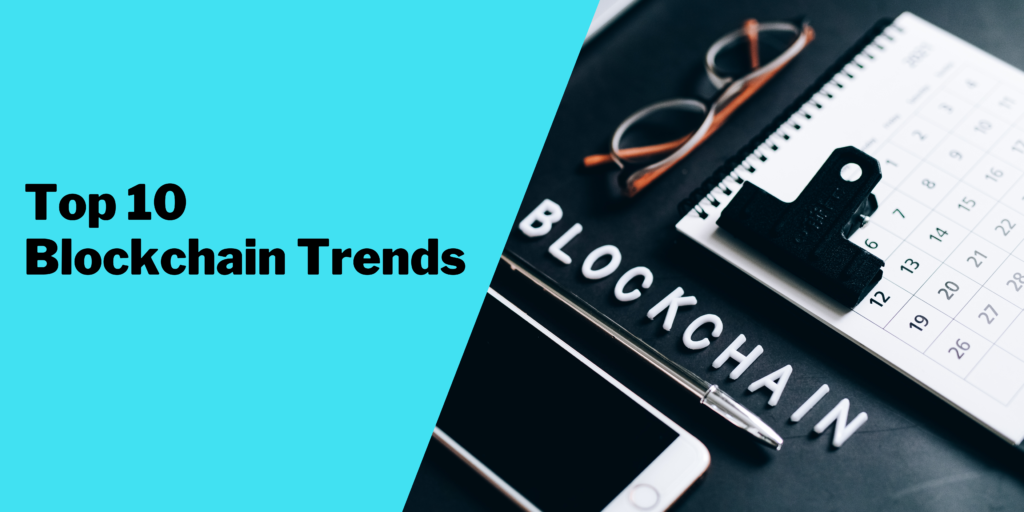Introduction to Blockchain Technology
The blockchain technology landscape is constantly evolving, and 2023 promises to be an exciting year for the industry. As businesses and individuals continue to recognize the immense potential of blockchain, it becomes crucial to stay updated with the latest trends and developments.
In this article, We will explore Top Ten cool blockchain trends that are set to shape the landscape in 2023. From decentralised finance (DeFi) to non-fungible tokens (NFTs) and beyond, we will dive deep into the transformative potential of these trends.
Top 10 Blockchain Technology Trends
1. Decentralised Finance (DeFi) Goes Mainstream
2. Non-Fungible Tokens (NFTs) Revolutionise Digital Ownership
Non-Fungible Tokens, or NFTs, took the world by storm in 2021 and have since become a hot topic in the blockchain community. In 2023, we anticipate NFTs to revolutionise the concept of digital ownership even further. NFTs allow for the creation and trading of unique digital assets, such as artwork, collectibles, and virtual real estate. This trend will open up new opportunities for artists, creators, and investors, while also enabling seamless provenance tracking and royalty distribution.
3. Central Bank Digital Currencies (CBDCs) Gain Momentum
4. Blockchain-Powered Supply Chain Solutions Enhance Transparency
Blockchain Technology has the potential to revolutionise supply chain management by providing enhanced transparency, traceability, and accountability. In 2023, we expect to witness the widespread adoption of blockchain-powered supply chain solutions. These solutions will enable businesses and consumers to track the provenance and journey of products in real time, mitigating fraud, ensuring quality control, and promoting sustainable practices.
5. Enhanced Security and Privacy Measures
6. Blockchain in Internet of Things (IoT) Applications
7. Decentralised Identity Management Solutions
8. Energy and Sustainability Applications
9. Integration of Artificial Intelligence (AI) and Blockchain
Conclusion






